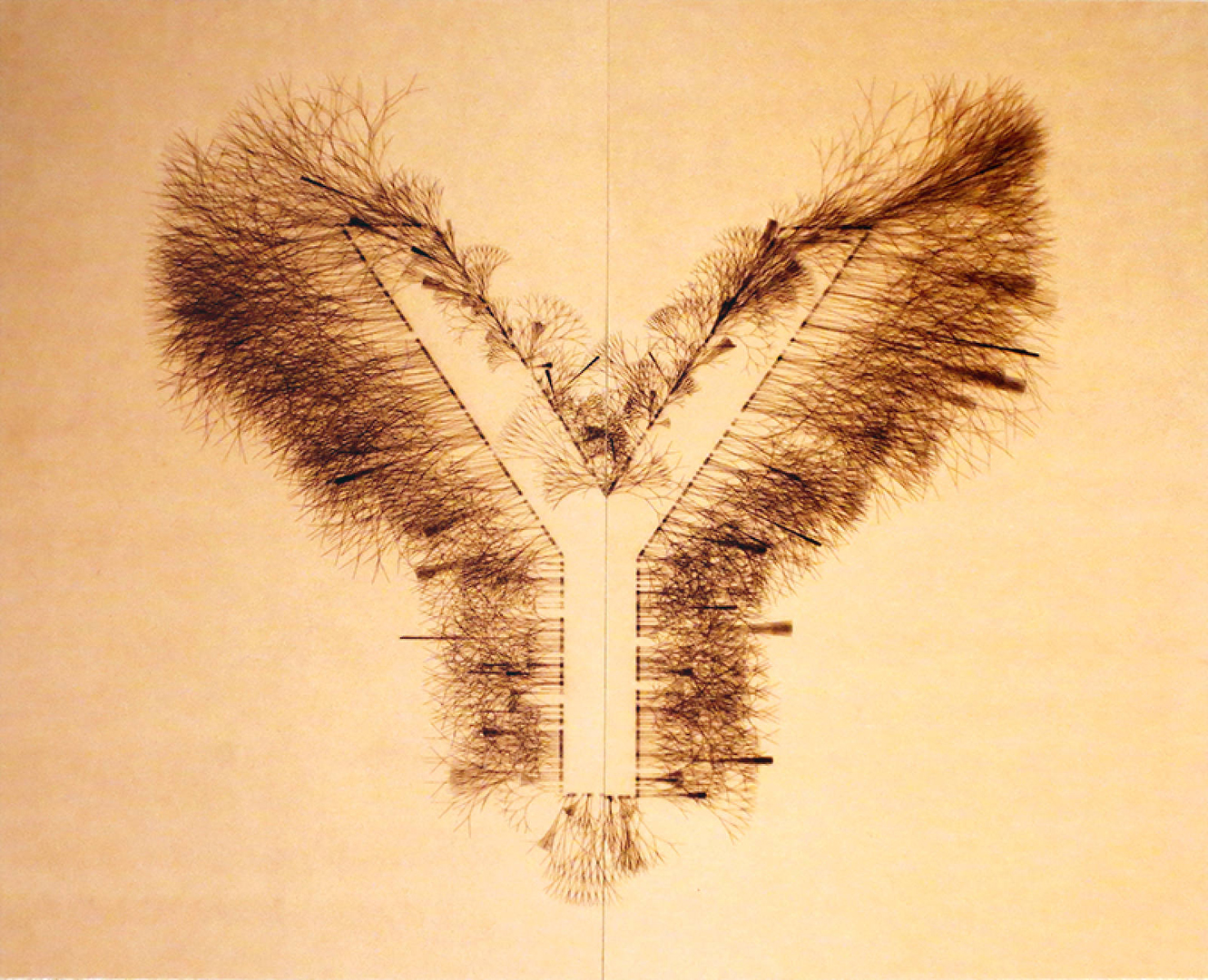Creative Code
Session Title:
Presentation Title:
Presenter(s):
Abstract:
Abstract
My artist talk and work-in-progress presentations will include my generative artworks, share class tutorials and materials for the course, Creative Code and present excellent students’ works.
Description
Creative Code is a course to explore the aesthetic of computational graphic design at Valparaiso university in the United States. It is an interdisciplinary course crossed listed between art, digital media, and computer science departments, as well as, between graduate and undergraduate programs. I taught a similar course, Typography and Code, in Visual Communication department at the School of Art Institute of Chicago from 2012 to 2014.
This course is designed to explore generative art and typography, as well as computational and data driven graphic design with Processing, a programming language for artists and designers, initiated by Ben Fry and Casey Reas. The course provides an introduction and demonstration of Processing with tutorial codes. I have researched and developed the tutorials and in-class exercises for design and art majors specifically because most Processing tutorials are not friendly for art and design majors since they are developed by computer programmers.
Through the course, students learn how to apply graphic design principles and functions to explore their own design projects in Processing. At the beginning the students learn how to use basic functions in Processing to get used to write computer codes directly, then, mathematic expressions, computer algorithms and libraries to implement their visual ideas. They build exploratory and innovative art and design projects with extensions to real design products such as logo, typeface design, poster, pattern design, typography, brand identity, etc. Their projects are collaborative with various physical communication such as real time motion tracking and sound interaction.
I studied computer science in undergraduate and started learning graphic design from Armin Hoffman’s book, Graphic Design Manual, in my first MFA graphic design program in South Korea, From the book, I became fascinated with modern and constructive graphic design with human and organic touches. Later I learned Dimensional Typography, by Abott Miller, extending two dimensional modern typography to spacial and multi dimensional typographic forms. My graduate director, Ellen Lupton, at Maryland Institute College of Art, introduced me to Processing in 2005. It was the beginning of Processing with future potentials as a tool for artists and designers.
At first I was more interested in creating experimental code driven typography to show the potentials of Processing as a tool for the graphic design community. My MFA thesis, TYPE+CODE, demonstrates the possibilities. The second version, TYPE+CODE II, reinterpreted traditional calligraphy into modern and contemporary typography. Dimensional Typography limitedly explored the visual territories by using only letter forms dimensionally. My typography extends letterform to words, phrases, and sentences to explore innovative typographic forms. It conveys diversified visual messages such as addressing environmental issues, healing through arts, and exploring philosophical and religious interpretation, etc. The recent version, TYPE+CODE III, is an extension of the computational typography aesthetic from cyberspace to physical space by using digital fabrication.





